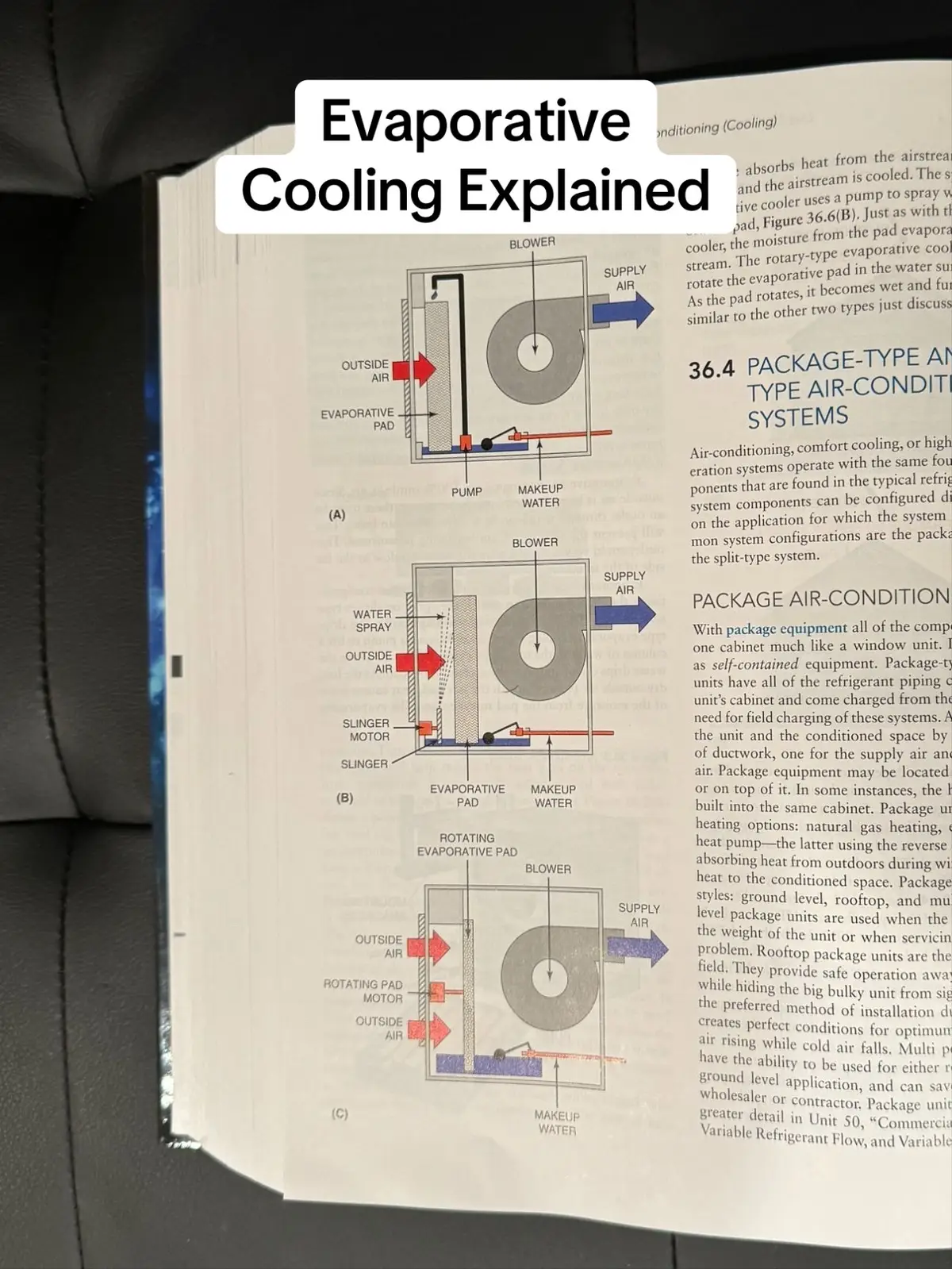Vladuha
Region: UA
Friday 05 November 2021 15:12:44 GMT
3725
212
6
2
Music
Download
Comments
user NicNic69 :
А Влад по другому не умеет. Молодец и красавчик! 🤗🤗🤗🤝💪👍
2021-11-05 16:05:35
2
Витя :
красава
2021-11-05 15:56:05
1
Вера Неславович798 :
❤
2021-11-10 20:17:20
0
сэм :
Огонь!!!!!!!!!!
2022-06-01 12:40:57
0
To see more videos from user @vladuhafree, please go to the Tikwm
homepage.





